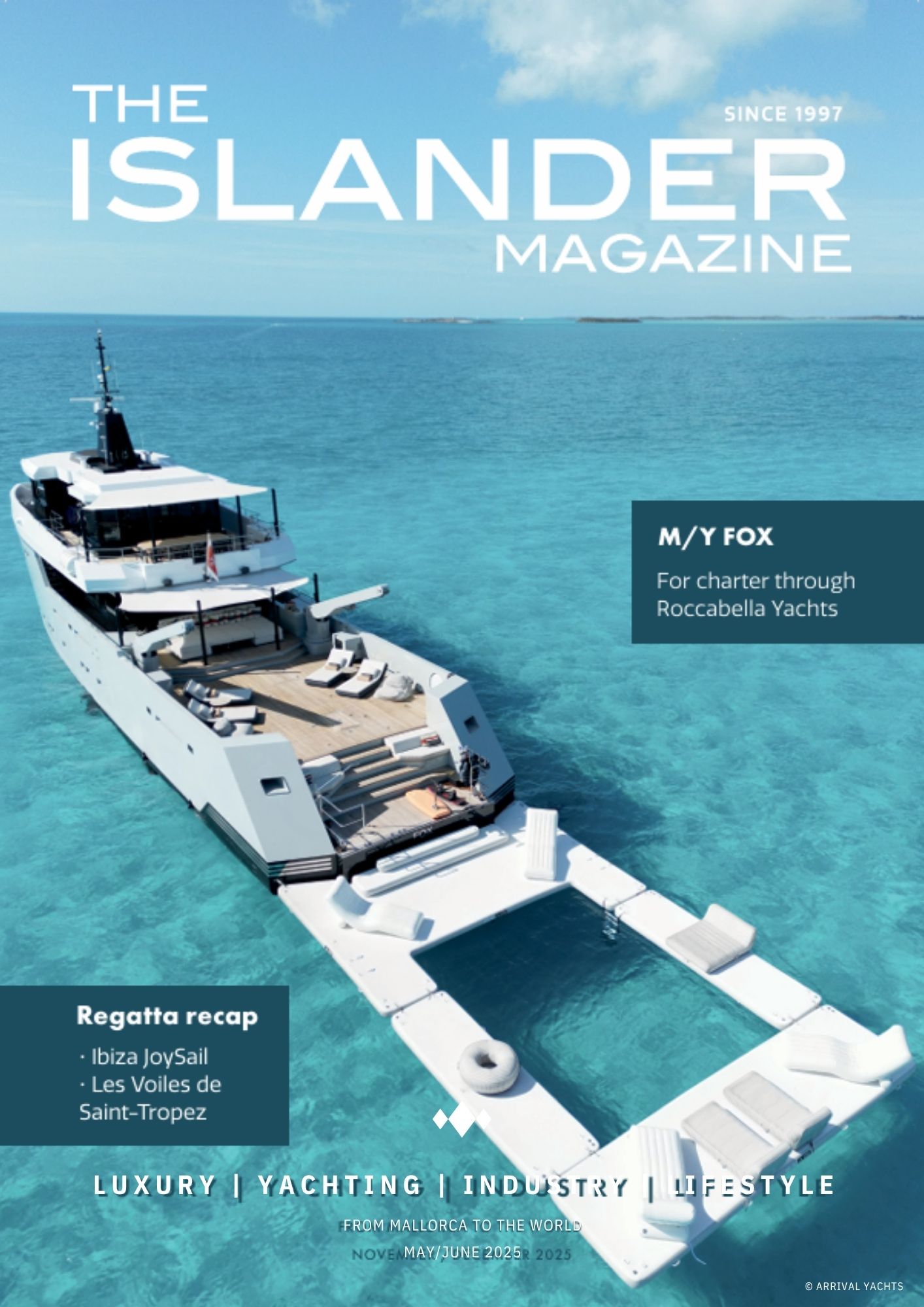“What are the gensets doing right now?” It’s one of the most common questions in modern yachting, especially with the rise of onboard automation. Engineers still spend countless hours puzzling over whether a generator is functioning optimally or teetering on overload.
With tighter emission regulations, increased energy demand and far more advanced automation possibilities, today’s generator systems are smaller, more sensitive and significantly more complex. The guiding philosophy of “keeping it simple” often goes out the window in favour of sophistication—and sometimes confusion.
There are several ways to configure a yacht’s generator power management system. Piet Brouwer Electrotechnology has laid out four foundational options, each with its own merits and challenges.
Option 1: Redundant twins
Two gensets, each large enough to carry the entire load, with seamless switch-over capability. Simple, reliable. However, while calculating the maximum load is straightforward, the average load can vary dramatically depending on season, location and guest presence. Oversizing can lead to inefficiency and emissions. For many yachts, it’s simply too much engine for too little usage.
Option 2: Paralleled load sharing
Install two gensets, each delivering half the required maximum power. One runs by default; the second kicks in when demand spikes. This system synchronises the units, manages load sharing, and can downscale once the peak passes.
The snag? If the second genset fails to start, the load could overwhelm the first—causing a breaker trip or total blackout. Enter the concept of non-essential loads (NEL): galley, laundry, boilers, air conditioning. Sacrifices are made for safety. The chef might fume, the laundry piles up, and the guests break a sweat, but the yacht keeps running.
Option 3: Smart tiering
Here, two gensets of unequal size (say 70/30) run depending on demand. The system activates the right engine for the current load, starting the second only when absolutely necessary. If it fails to start, NEL logic steps in.
In practice, however, crew start micromanaging the system. Can we run the dryer? Is it safe to cook? Eventually, someone installs a “cooking button” to override the system and manually parallel both gensets. Before long, they’re running in tandem around the clock—reintroducing the pollution problem Option 3 was meant to avoid.
Option 4: Fully automated intelligence
This is the modern standard. Two or more gensets, smartly sized, managed by a fully automated load control system. Heavy consumer (HC) requests are sent to the system, which calculates capacity and permits use only if load allows. If not, it spins up another genset in time to meet the demand.
No more crew guesswork. No angry chefs or overheated guests. Just power when it’s needed, as it’s needed. Seamless, efficient, and emissions-conscious
Option 5: Looking Ahead
But even the smartest systems raise questions. Do we want gensets firing up at 3am every time someone washes their hands? Should air conditioning wait until temperature differentials justify it? Should the tumble dryer wait until cooking is done?
The future of genset management lies in even smarter prioritisation. Deferred starts. Smarter buffering. Predictive analytics. And most critically: visualisation and transparency. Crew must understand why a second genset fired up, or why a request was denied. Real-time feedback, logging and trending tools keep operators informed, not confused.
Conclusion: Simplicity meets intelligence
Whether managing load in a quiet anchorage or prepping for a high-demand charter, power management on board should work with the crew, not against it. Piet Brouwer Electrotechnology continues to advocate for systems that combine simplicity, intelligence and visibility.
After all, knowing exactly what the gensets are doing—and why—remains the foundation of smooth, silent, and sustainable yacht operation.























0 Comments